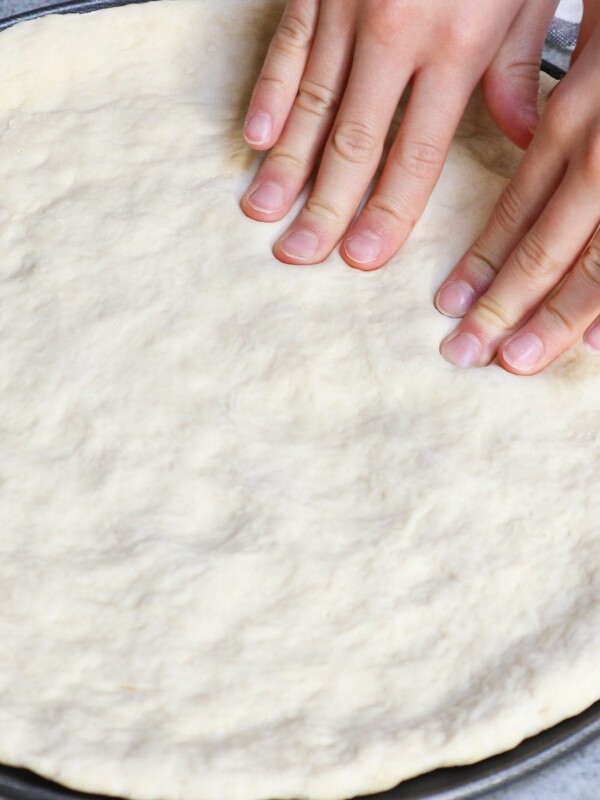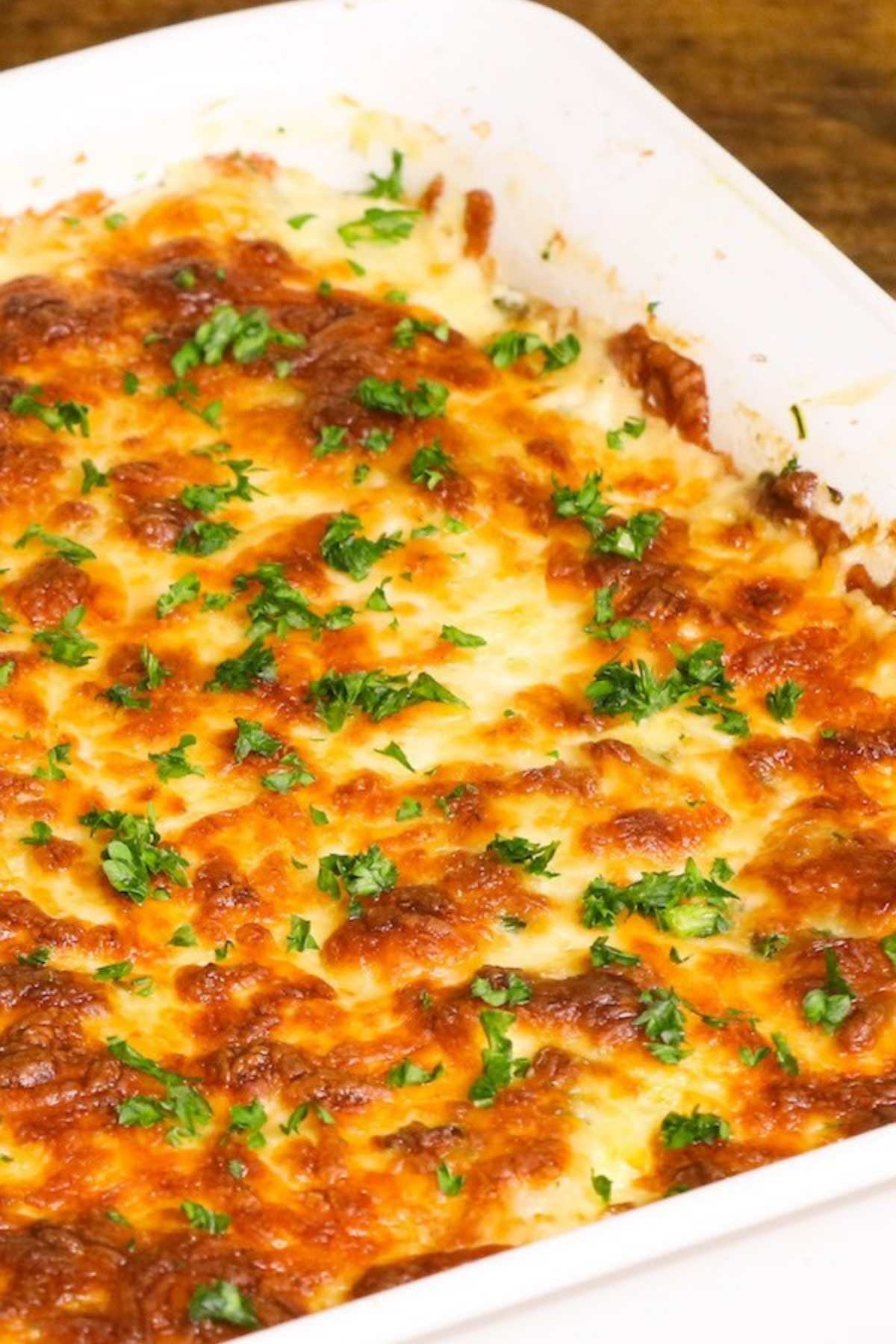What Is A Spanish Onion?
on Apr 08, 2022
This post may contain affiliate links. Please read my disclosure policy.
Have you ever wondered what other kinds of onions are out there? Their size? And what are they used for? Well, then you’ve come to the right place.
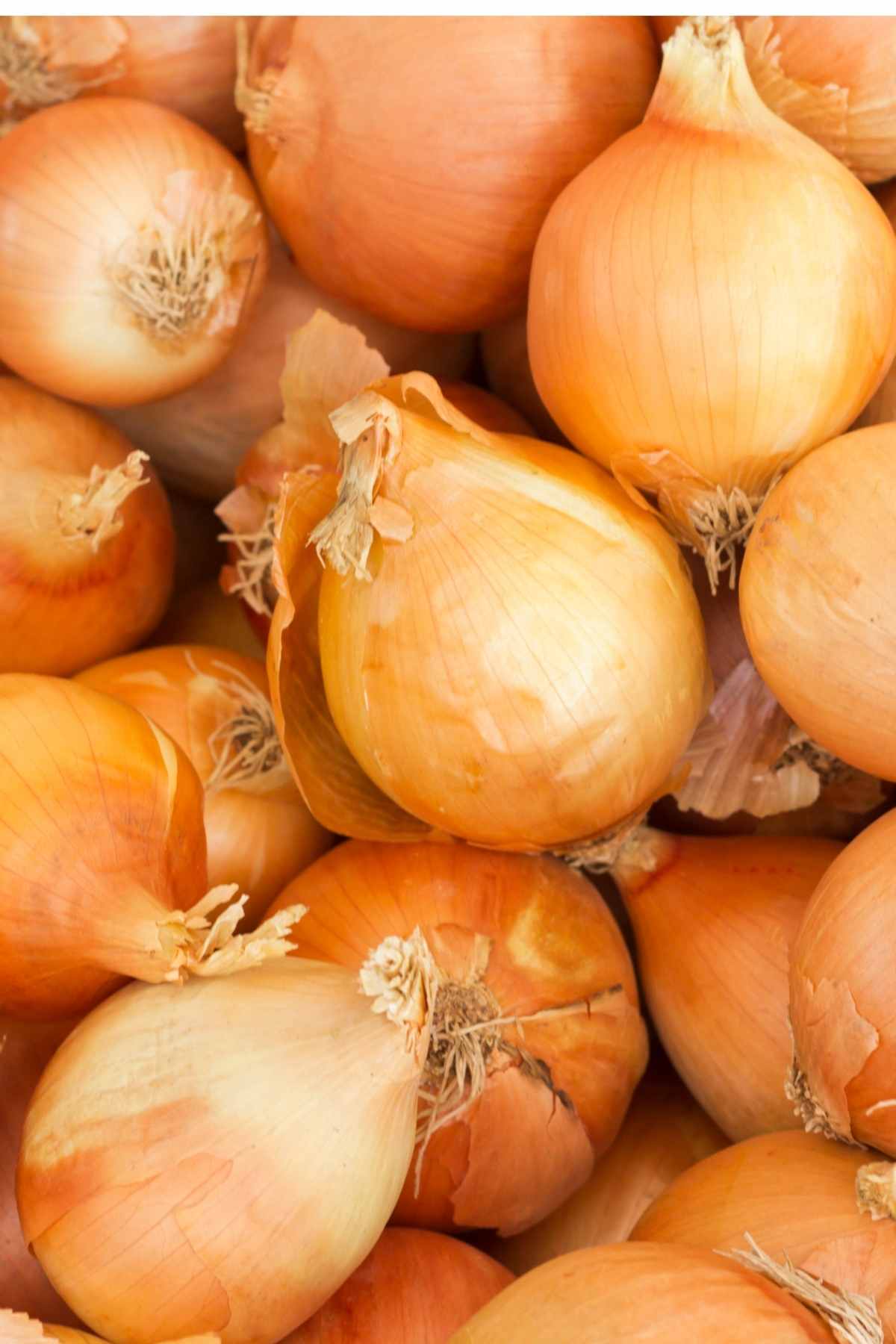
Typically the size of a softball, the Spanish onion is a type of an onion that has yellow or white skin and has a fine grain.
Known for its distinctive mild flavor, with people even finding it sweet enough to eat raw. Keep in mind that although this onion is quite versatile, it doesn’t keep very well.
Spanish Onion vs Regular Onion
Many people don’t realize there is a difference between yellow and white onions. White onions are milder and sweeter than yellow onions, but Spanish onions (which can be either yellow or white) are much milder and sweeter than both the yellow and the white onions.
Spanish onions are typically consumed raw, whereas both yellow and white onions are usually cooked. In terms of taste, Spanish onions are midway between yellow and white onions. One last thing to remember is that Spanish onions don’t last as long as either yellow or white ones on your pantry’s shelf.
It’s easy to confuse Spanish onions with yellow onions because they are both yellow. As previously noted, Spanish onions have an outer layer of thin, yellowish skin, and can grow quite large in size.
While these two onions look quite similar, they differ most when it comes to their taste. Raw yellow onions have a more harsh taste, while raw Spanish onions have a sweet taste.
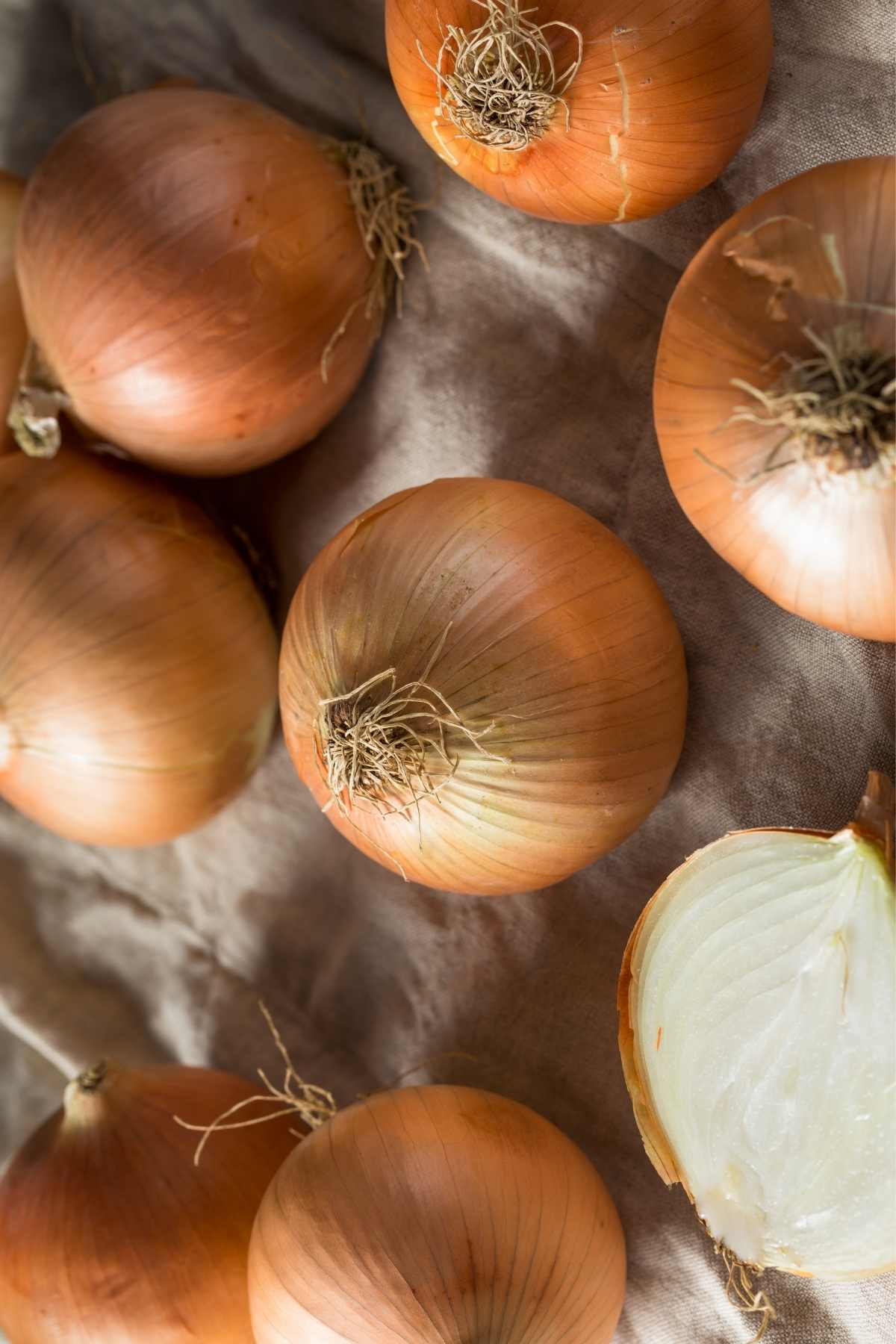
What Can I Substitute For Spanish Onions?
Spanish onions are a nice addition to many dishes, but you can’t always substitute them with other varieties. For example, while you can use Spanish onions as a substitute in many dishes for yellow, white, or even red onions, you can only use yellow onions as a substitute in recipes that call for Spanish onions..
White onions are an excellent replacement for Spanish onions in certain dishes. These onions have a mild flavor compared to Spanish onions and will do well in most dishes. Red onions are also a great onion for many dishes since they cook sweeter and more quickly. Shallots can be used as an alternative but they’re smaller and need some prep work.
When cooking or caramelizing onions, the flavor will typically not be as strong, though it isn’t always the case. The point is to maintain the integrity of the dish, so milder onions are often the best substitute for Spanish onions.
Are Spanish Onions Sweet?
Spanish onions are known to have a mildly sweet taste. Said to have less sugar than other sweet onions, Spanish onions don’t necessarily fall into the sweet onion category. However, in comparison to yellow onions, Spanish onions top them in sweetness.
Enjoyed uncooked, or raw, simply due to its sweet taste, which you can’t find with other onions in the onion family. Used in either bulb or green form and can be used in almost any dish that calls for onions. Keep in mind that these onions taste better when lightly cooked, this is because it has a low sulfur content.
Where Can I Buy Spanish Onions?
Typically you can buy them at your local grocery store, however sometimes they can mislabel them as yellow onions. You may have better luck at a grocer that carriers locally sourced produce as they will be more apt to label them correctly.
How To Grow Spanish Onions At Home
Don’t worry if you’re not a pro at gardening as Spanish onions are perfect for the novice gardener. You can plant seeds, seedlings, or bulbs, and even start the seeds indoors and translate later. Be sure to place the plants about two to six inches apart and in direct sunlight.
How do you water your Spanish onions? Well, you want to be very careful not to over-water the roots. It’s best to keep them fed with frequent light watering in sunny locations. The type of fertilizer and soil are two key factors that affect spice flavors. Fertilizers containing nitrate may result in a less pungent flavor than sulfur-based fertilizers, but it can vary depending on the original soil chemistry. Once the seeds are in the ground, the ground around them should be kept moist, but not overly wet, since this could cause them to rot.
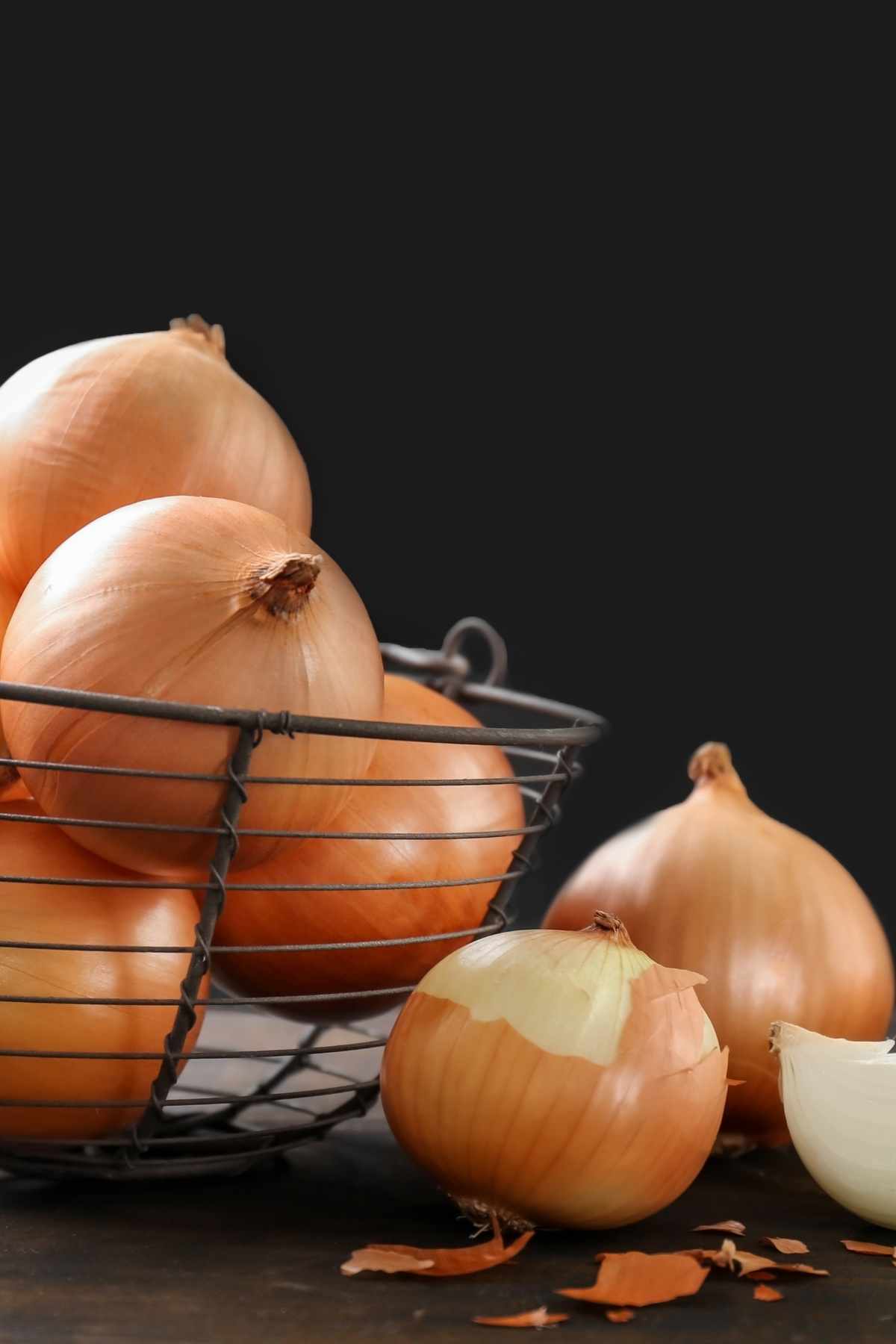
When To Harvest Spanish Onions
Onions take a long time to plump up, but good news: they usually only need about four months before they are ready for you to harvest. To correctly harvest your onions, you should look out for subtle signs that the onion is ready to be pulled.
To harvest onions, look for the tops to turn brown and fall over. Then, put them out to dry for 1 week in the sun and cut off the tops before storing them. After proper storage, you can help your onions last longer by keeping them in a dark, dry, cool place.
How To Store Spanish Onions
Spanish onions have fewer days of preservation than other onions. They carry more water and sugar with them than other types, so they don’t last as long. When storing them make sure you keep them in a cool, dry place with enough ventilation. Bags and panty hose can be helpful for storage – plastic bags trap moisture which causes rot. Don’t put uncut onions in the fridge or they will rot faster.
Are Spanish Onions Healthy?
Onions are low in calories, high in fiber and much to your surprise – also contain some Vitamin C. Plus, they provide you with a dose of manganese, vitamin B6, folate, and many other nutrients. They are also said to contain compounds that have a positive effect on blood pressure and cholesterol levels.
Will Chopping Spanish Onions Make You Cry?
Sweet onions are less likely to make you cry than Spanish onions because of their higher sugar and lower sulfur content. Although this is the general rule, it can vary depending on the specific soil each onion was grown in.
We’ve all got those veggies where we just want to start crying as soon as they come near us. For some people, it’s grapefruits. For others, it’s peppers. But for a lot of us, onions get us every time!
But luckily, there are a number of things you can do to reduce or prevent crying while chopping: You can wear safety goggles or swim goggles; light a candle next to your chopping board; turn on your vent hood over your stove; freeze the vegetables beforehand, or soak them in cold water before chopping. And if none of these work for you, just be sure to invest in a sharp knife!
You May Also Like

How to Cook Spanish Onions
Ingredients
- 1 Spanish onion
- 2 tablespoons olive oil
- salt and pepper, to taste
Instructions
- Peel the onion and cut it into thin slices.
- Add olive oil to a large nonstick skillet over medium heat.
- Once hot, add the onion slices to the pan.
- Sautee with a wooden spoon. Season with salt and pepper to taste.
- Cook the onions for about 7 minutes or until they are soft. Serve and enjoy!
Nutrition information provided is an estimate only and will vary based on ingredient brands and cooking methods used.


